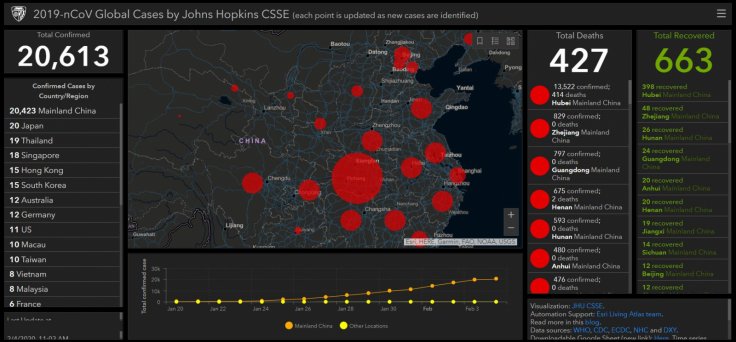While the microbes in a single drop of water could outnumber a small city's population, the number of viruses in the same drop could be even larger. Viruses infect bacteria, archaea and eukaryotes, and the genomes of giant viruses will be 100 times larger than the typical ones associated with viruses. They are found everywhere but little is known about viruses.
In a recent study published in the journal Nature, a team led by researchers at the US Joint Genome Institute (JGI) and Berkeley Lab found a diversity of large and giant viruses that belong to the nucleocytoplasmic large DNA viruses (NCLDV) supergroup, which offered insights into how they might interact with their hosts, and impact the host communities.

JGI's Microbial Program
"This is the first study to take a more global look at giant viruses by capturing genomes of uncultivated giant viruses from environmental sequences across the globe, then using these sequences to make inferences about the biogeographic distribution of these viruses in the various ecosystems, their diversity, their predicted metabolic features and putative hosts," said study senior author Tanja Woyke, who heads JGI's Microbial Program that mined more than 8,500 metagenome datasets around the world.
Reconstructing Virus Genomes
In a 2018 study a JGI-led team uncovered giant viruses in the soil for the first time, while the current study applied a multi-step approach to mine, bin and then filter the data for the major capsid protein (MCP) to identify NCLDV viruses. JGI researchers previously applied this approach to uncover a novel group of giant viruses dubbed "Klosneuviruses."

Frederik Schulz, a research scientist in Woyke's group, used the MCP as a barcode to sift out virus fragments, reconstructing 2,074 genomes of large and giant viruses. More than 50,000 copies of the MCP were identified in the metagenomic data, two-thirds of which could be assigned to viral lineages, and predominantly in samples from marine (55%) and freshwater (40%) environments.
As a result, the giant virus protein space grew from 123,000 to over 900,000 proteins, and virus diversity in this group expanded 10-fold from just 205 genomes, redefining the phylogenetic tree of giant viruses.
Strategy for Large and Giant Viruses
Another finding from the study was a common strategy by both large and giant viruses. Metabolic reprogramming, Schulz explained, makes the host function better under certain conditions, which then helps the virus to replicate faster and produce more progeny. This can provide short- and long-term impact on host metabolism in general, or on host populations impacted by adverse environmental conditions.

Function prediction on the 2,000 new giant virus genomes led the team to uncover a prevalence of encoded functions that could boost host metabolism, such as genes that play roles in the uptake and transport of diverse substrates, and also photosynthesis genes including potential light-driven proton pumps.
Woyke noted that despite the number of metagenome-assembled genomes (MAGs) reconstructed from this effort, the team was still unable to link 20,000 major capsid proteins of large and giant viruses to any known virus lineage.









